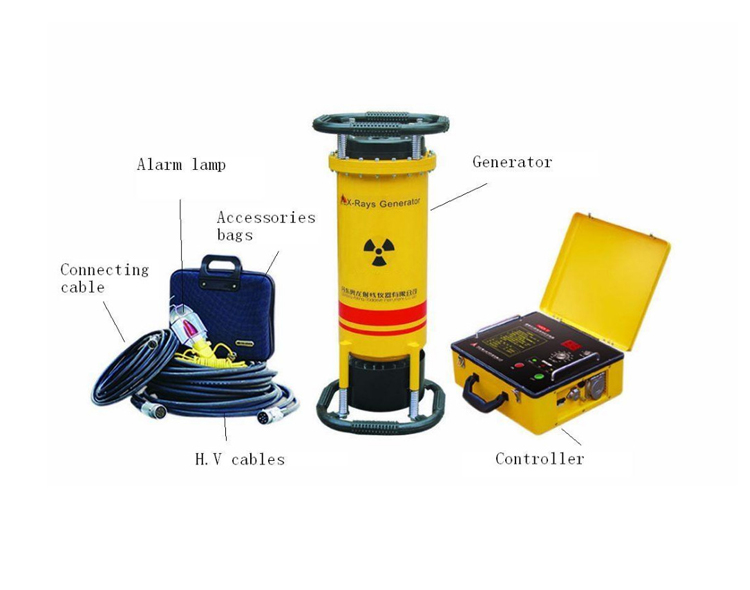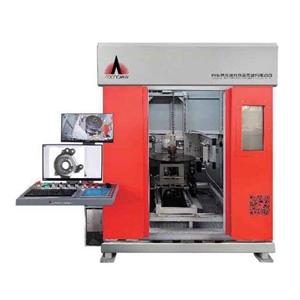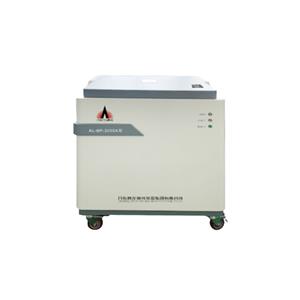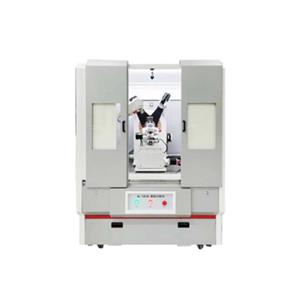Selection of X-ray flaw detector
Selection of X-ray flaw detector:
How to purchase a suitable and economical X-ray flaw detector according to one's own needs? Generally, when choosing an X-ray flaw detector, factors such as penetration capability, X-ray tube focus size, and the shape of the inspected workpiece should be considered.
The penetration capability of an X-ray flaw detector depends on its capacity. The higher the tube voltage of the X-ray flaw detector, the harder the X-ray, and the greater the energy, the stronger the penetration capability. The penetration capability is proportional to the square of the tube voltage. In addition, under the same tube voltage, it is also related to the density and other properties of the material of the inspected workpiece, that is, it is related to the attenuation ability of the inspected workpiece to X-rays. For heavy metals such as steel and thick workpieces, due to their strong ability to attenuate X-rays, X-ray flaw detectors with higher tube voltages should be selected; For light metals such as aluminum and magnesium, as well as thinner workpieces, X-ray flaw detectors with lower tube voltages can be chosen.

For circular workpieces, such as circular welds on boiler casings or containers, the first consideration should be to choose a circumferential exposure radiographic testing machine to improve workpiece efficiency, reduce labor intensity, and minimize radiation damage.
For workpieces that are small and easy to move, a mobile X-ray flaw detector (fixed type) can be used. However, for workpieces that are bulky or large equipment that are inconvenient to move, a portable X-ray flaw detector can be used.




